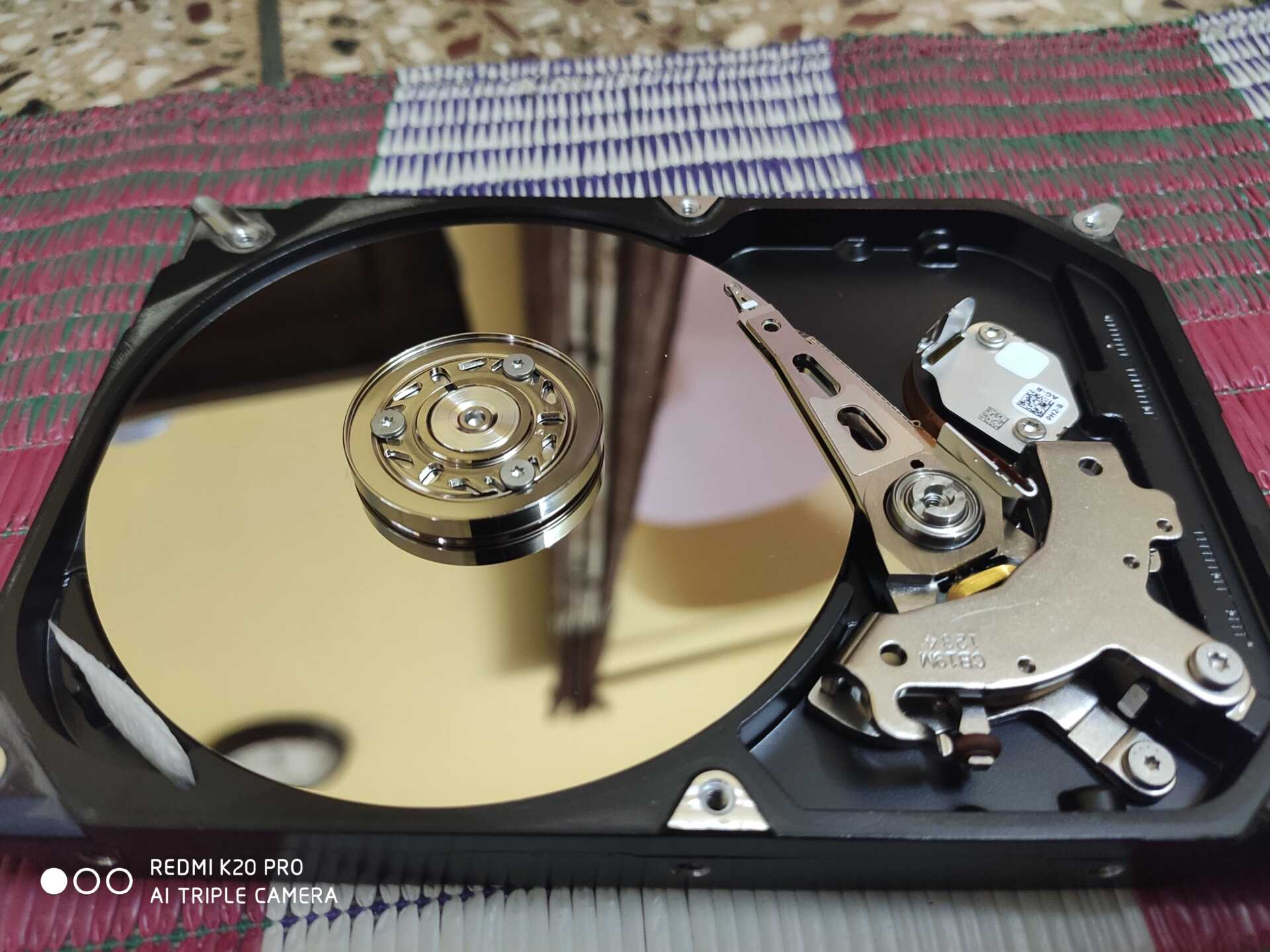
How to Recover Data After a Ransomware Attack
You switch on your computer, and instead of your usual desktop, a scary message pops up demanding money to unlock your files. This is a nightmare many people face today. If this has happened to you, you know how stressful and confusing it can be. A ransomware attack locks your important files and asks for ransom to give you back access.
Ransomware attacks are not just about losing data; they affect your emotions and pocket deeply. It can feel like your memories, your work, and everything important to you is suddenly held hostage. But don’t lose hope. In this article, I will guide you through simple and effective steps for ransomware data recovery. Together, we will learn how to save your data and protect yourself in the future.
Remember, many have faced this challenge and come out safely on the other side – you can too.
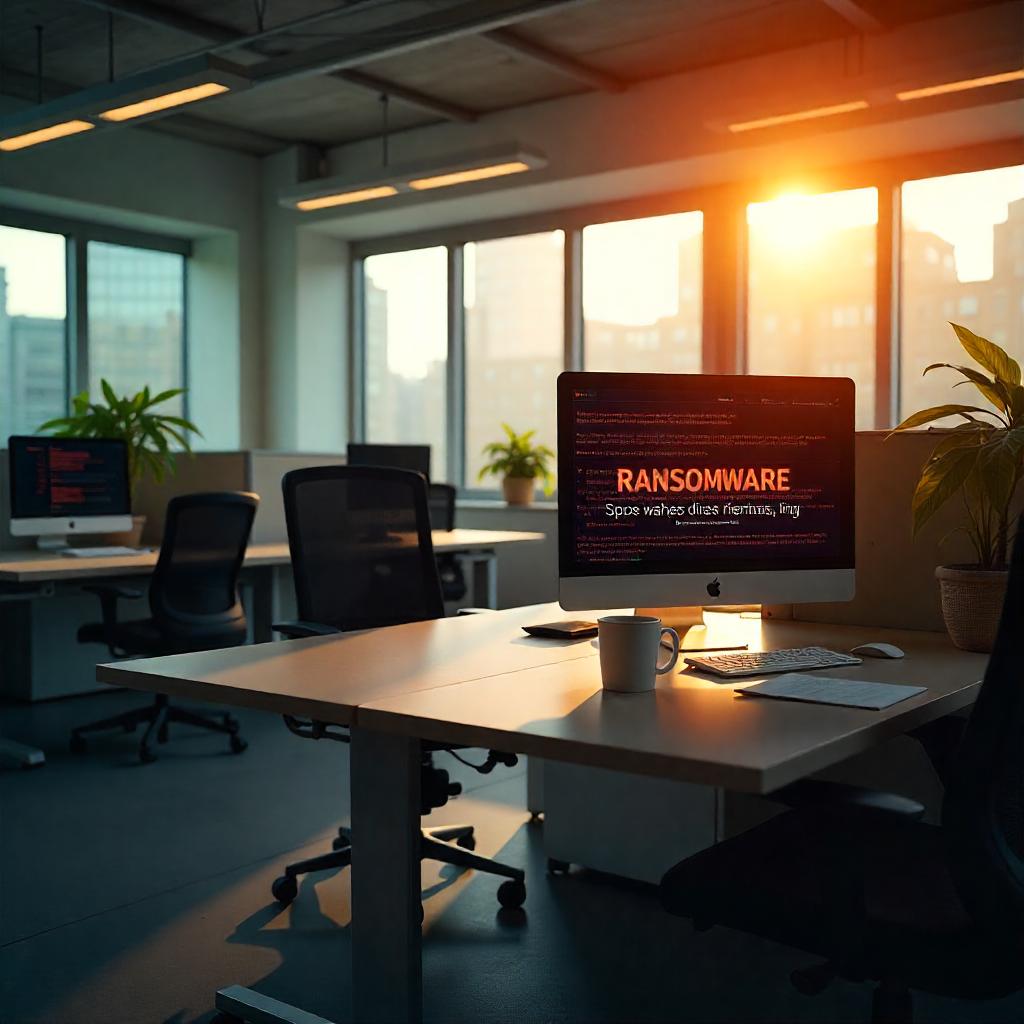
What Is Ransomware and How Does It Work?
Ransomware is a type of harmful software that locks your files or your entire computer. It makes your files unreadable until you pay money, usually in digital currency. Think of it as a thief locking your valuables and asking for ransom to return them.
There are different types of ransomware:
- Crypto ransomware: It locks your files by changing them, so you can’t open them without a special key. This is the most common and dangerous type.
- Locker ransomware: It blocks your computer screen so you cannot use the device at all.
- Scareware: It shows fake warnings asking you to pay money, but it might not actually lock your files.
Ransomware usually spreads through fake emails, suspicious links, or unsafe downloads. Sometimes, weak security in remote computer access can also cause infection. Many well-known ransomware attacks have shown us how real and dangerous this threat is. Understanding how ransomware works helps you stay alert and safe.
Did you know? Ransomware attacks increased by over 300% worldwide in recent years, affecting individuals, businesses, and even hospitals.
First Steps to Take Immediately After an Attack
If you find your files locked or your screen blocked, the first thing to do is stay calm. Panic makes it harder to think clearly, and quick, wrong actions can cause more harm.
Here are the immediate steps you should take:
- Disconnect from the internet and all networks. This stops the ransomware from spreading to other devices in your home or office.
- Do not pay the ransom. Paying the criminals is risky because they may never unlock your files. Also, it encourages more attacks on others.
- Take a clear photo or screenshot of the ransom note. This is very important. It can help in identifying the ransomware type and finding a solution later.
- Do not delete or move any encrypted files. Even if your files look unusable, they might still be recoverable by experts or special software.
Did you know? Disconnecting your device from the internet immediately after a ransomware attack can prevent the malware from spreading to other computers on your network.
Identify the Ransomware Variant
To begin the recovery, you need to know exactly what ransomware has infected your system. Why? Because some types have free tools that can unlock your files.
There are easy ways to identify the ransomware:
- Check for unusual file extensions added to your locked files (for example, .locked, .encrypted, or strange new endings).
- Look at the ransom note’s file name or the message style; different ransomware groups have unique ways of demanding ransom.
- Use online identification services where you can upload the ransom note or an encrypted file. These tools can tell you the ransomware name.
Knowing the exact variant helps you choose the right recovery method and avoid wasting time on the wrong tools.
Did you know? Some ransomware types have free decryption tools available, which means you might not have to pay a single rupee to get your files back
Check for Decryption Tools
Did you know? Many ransomware families that were once very dangerous now have free decryptors developed by cybersecurity experts.
After identifying the ransomware, the next step is to see if free decryption tools exist. These tools can unlock files without paying money and are available for many common ransomware types.
Before you use any decryption tool, always make a backup of your encrypted files. This is a safety step – if the tool doesn’t work, your files won’t get damaged further.
Many ransomware variants, especially older ones, have decryptors made by cybersecurity experts. Using these tools carefully might help you get your data back.
Restore from Backups
Having backups of your files is the safest and fastest way for ransomware data recovery. If you regularly back up your important data, your recovery process will be much easier.
There are different types of backups:
- Offline backups: These are stored on external drives that are not connected to your computer or network.
- Cloud backups: Stored online but protected with good security measures and versioning, which means old versions of files are kept safe.
- Versioned backups: Keep several versions of your files so you can restore a clean copy.
When restoring from backups, follow these steps:
- Format the infected computer to completely remove the ransomware.
- Check your backup files with antivirus software before restoring.
- Restore your files on a clean, safe device.
Never restore backups on a device that might still be infected. This can cause the ransomware to return and lock your files again.
Did you know? Having a reliable backup saved offline can be a lifesaver during a ransomware attack, giving you a clean copy of all your files.
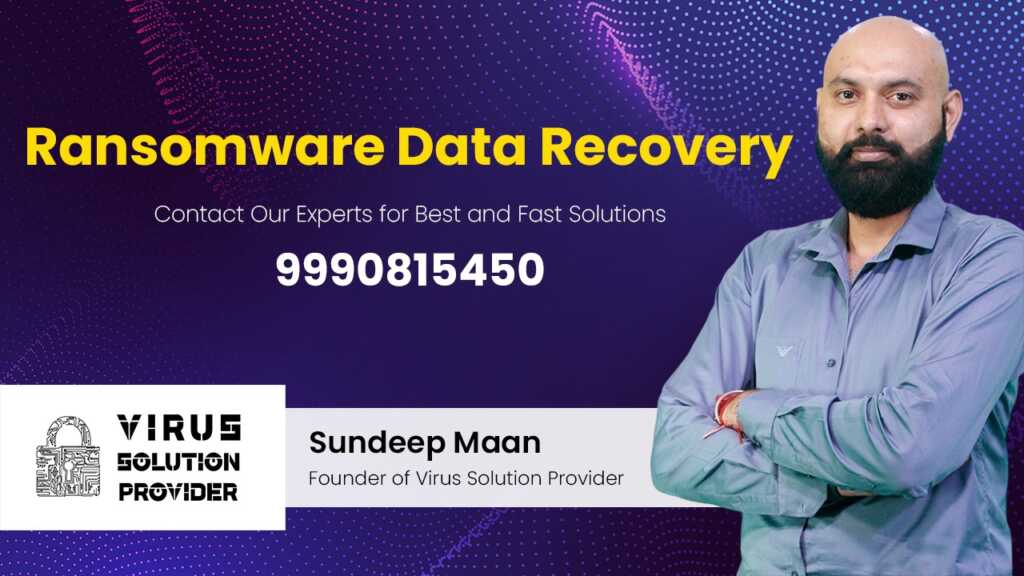
Use Professional Data Recovery Tools
Did you know? Some data recovery tools can find deleted files that ransomware tried to remove but didn’t fully erase.
If you don’t have backups, don’t lose hope. You can try using professional data recovery tools. These software programs can sometimes find and restore files that ransomware tried to delete or hide.
Some popular tools have helped many users recover important files. But keep in mind that no tool can guarantee full recovery, especially for very strong ransomware.
Only download software from trusted and well-known sources. Avoid shady programs promising miracle cures; they can do more harm than good.
Contact a Ransomware Recovery Expert
Did you know? Professional ransomware recovery experts often have access to tools and techniques that are not available to regular users.
If recovering data on your own seems too hard or you have tried everything without success, it’s time to get help from experts.
Professional ransomware recovery specialists have the knowledge and tools to analyze your case and work on recovering your data safely. They can:
- Identify the ransomware and how it works on your system.
- Use advanced methods to decrypt files or recover data.
- Guide you on how to remove ransomware safely and secure your device.
Make sure to pick experienced and trustworthy professionals who understand Professional Ransomware Data Recovery well.
Report the Attack
Even if you recover your data, it is important to report the attack to the police or cybercrime authorities.
Reporting helps in many ways:
- Authorities can track down cybercriminals and prevent future attacks.
- It increases awareness and support for victims like you.
- You might get advice or help from law enforcement.
Do not hesitate to report the attack. Being a victim is not a crime, and reporting can protect many others.
Did you know? Reporting ransomware attacks helps authorities track criminals and stop them from targeting more victims.
Clean and Secure Your System
After recovery, your device needs to be cleaned completely to avoid future problems.
- Run a full scan with a trusted antivirus or malware removal tool.
- If the infection is deep, consider reinstalling your operating system.
- Change all your passwords, especially for sensitive accounts like email and banking.
- Close security holes by disabling unnecessary remote access and installing updates for your software.
It is also important to teach your family or team members about safe online habits to prevent another attack.
Did you know? Ransomware can hide in your system even after files are restored if the system is not cleaned properly.
Prevent Future Ransomware Attacks
The best way to handle ransomware is to prevent it in the first place. Here are some simple steps to protect yourself:
- Regularly back up your important data on external drives or cloud storage.
- Keep your antivirus and computer software updated.
- Be very careful with emails – do not open attachments or click links from unknown senders.
- Use strong, unique passwords and enable two-step verification on accounts when possible.
- Use security tools that can detect threats early and block ransomware attacks.
Following these steps can save you from the pain and loss caused by ransomware in the future.
Did you know? Educating yourself and your family about phishing emails and suspicious links is one of the easiest ways to prevent ransomware
Conclusion
A ransomware attack can feel like the end of the world, but ransomware data recovery is possible if you take the right steps. Remember to stay calm, disconnect your device, identify the ransomware, use available tools or backups, and clean your system carefully.
Losing your data is tough, but don’t lose hope. With patience and the right help, you can bring your files back and protect yourself from future attacks.
Stay prepared, share this knowledge, and know that you are not alone in facing cyber threats.
Frequently Asked Questions (FAQs)
1. Should I pay the ransom?
No. Paying does not guarantee you will get your data back and encourages criminals.
2. Can I recover data without backups?
Sometimes yes, with tools or experts, but backups are the safest option.
3. What if my backups are infected too?
Use offline backups or cloud storage that keeps old versions safe from ransomware.
4. How do I identify the ransomware?
You can upload a ransom note or encrypted file sample to online identification tools.
5. Who should I report the attack to?
Report to local cybercrime authorities for help and support.
Recommended for You


Which is the Most Affordable Ransomware Data Recovery Services in Delhi?
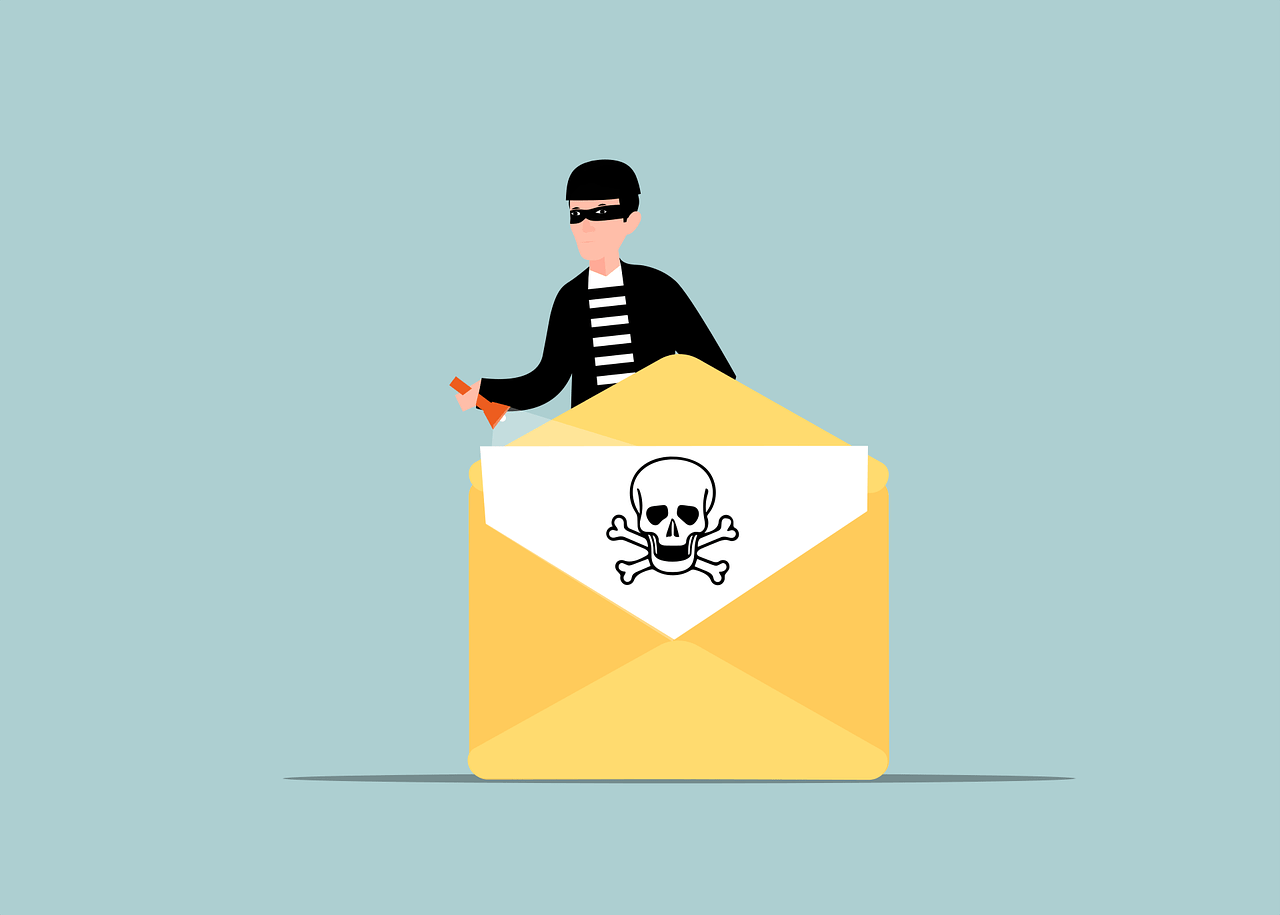
Hassle-Free Ransomware Recovery: Why You Can Rely on Us


Who Provides the Best Ransomware Data Recovery Services in Delhi?

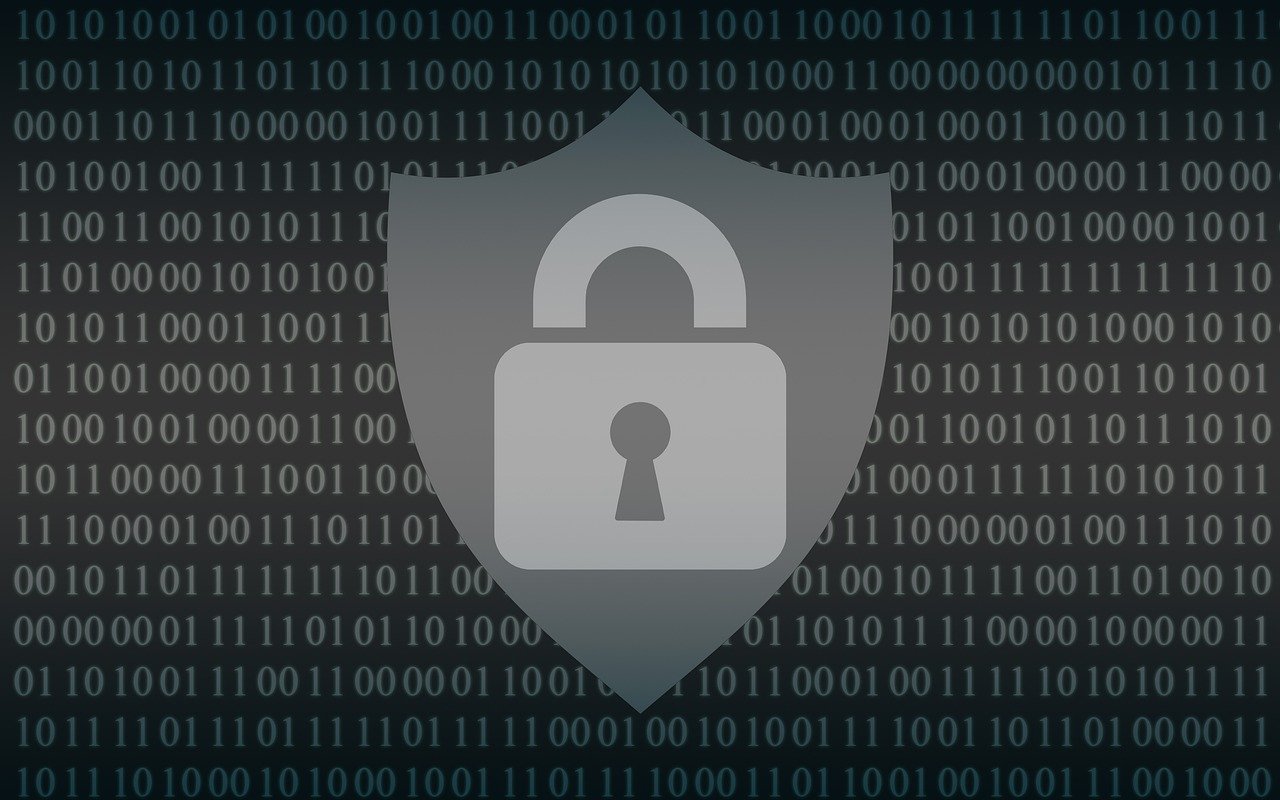

Ransomware Virus Recovery Service
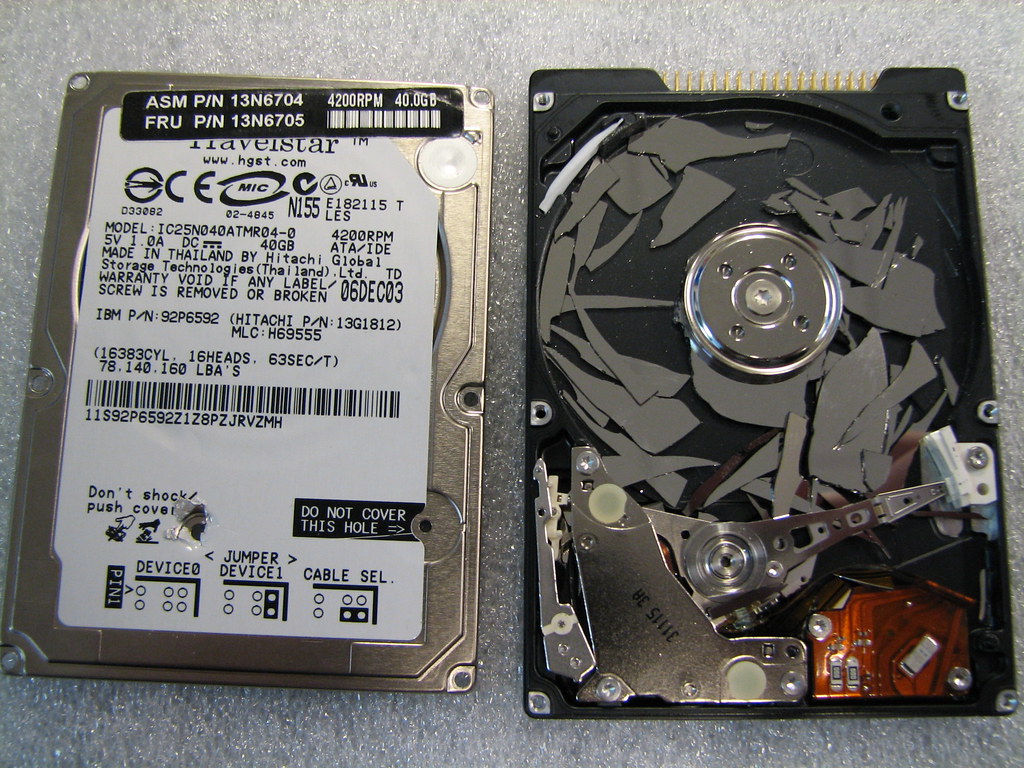
Is Virus Solution Provider Good for Hard Drive Data Recovery Services?

Who Provides Professional Ransomware Data Recovery Services in Delhi?
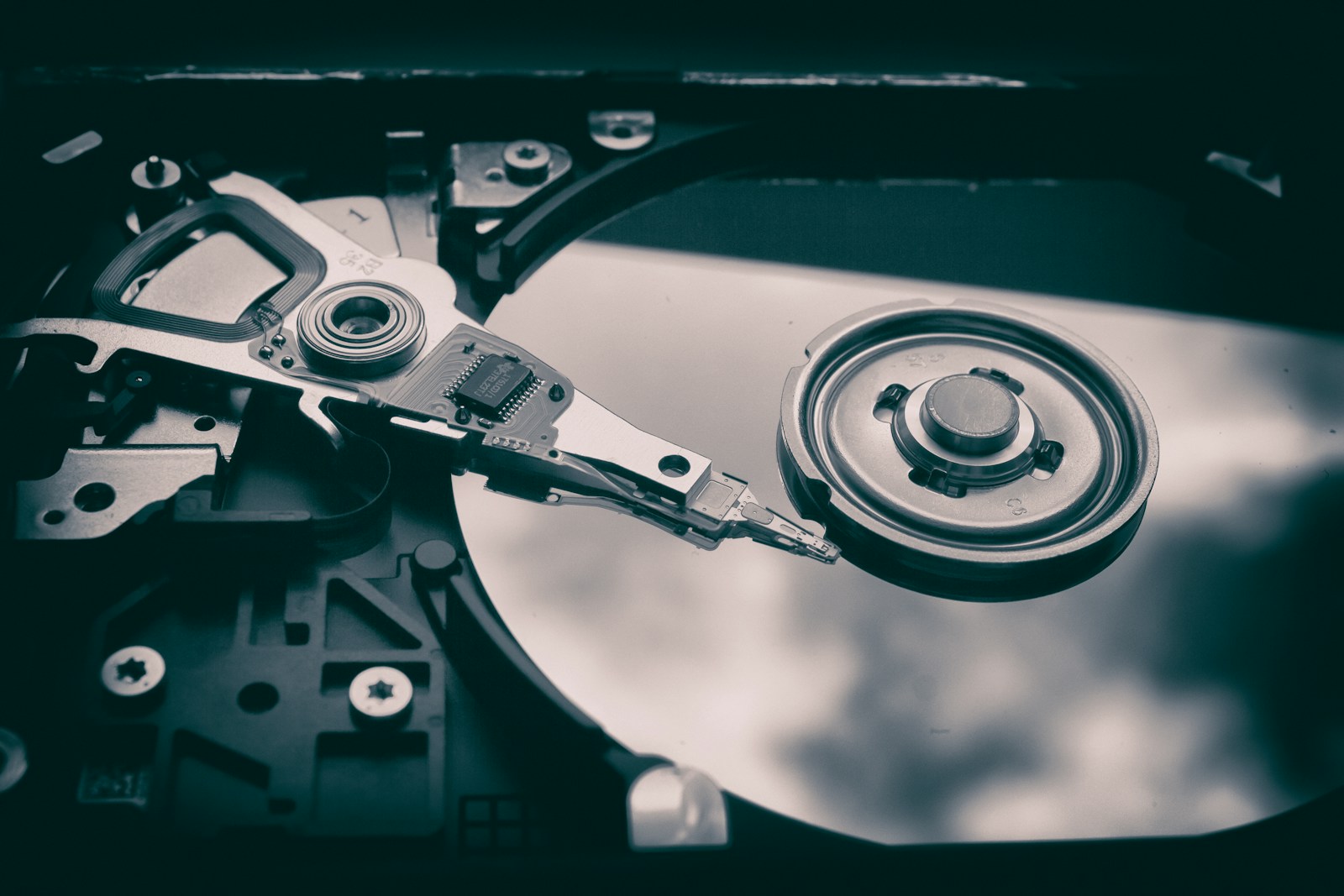
Review of Virus Solution Provider Hard Drive Data Recovery Services
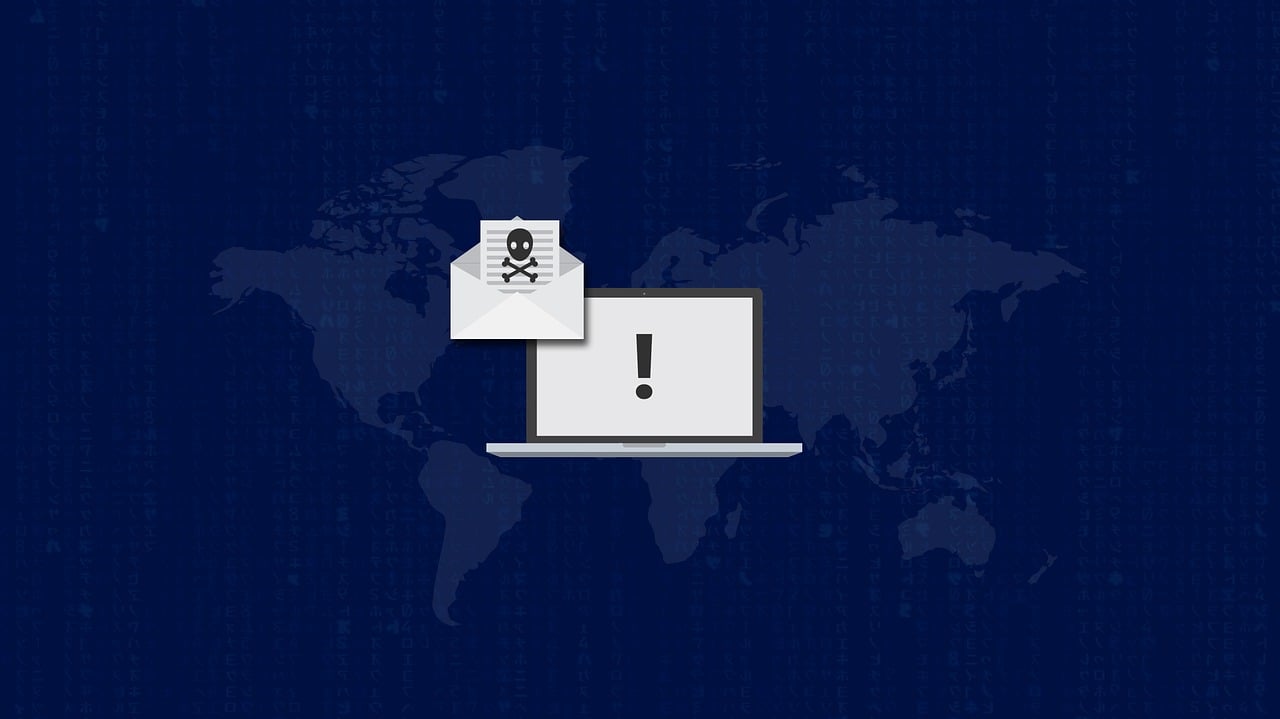
Who Provides Professional Ransomware Data Recovery Services?
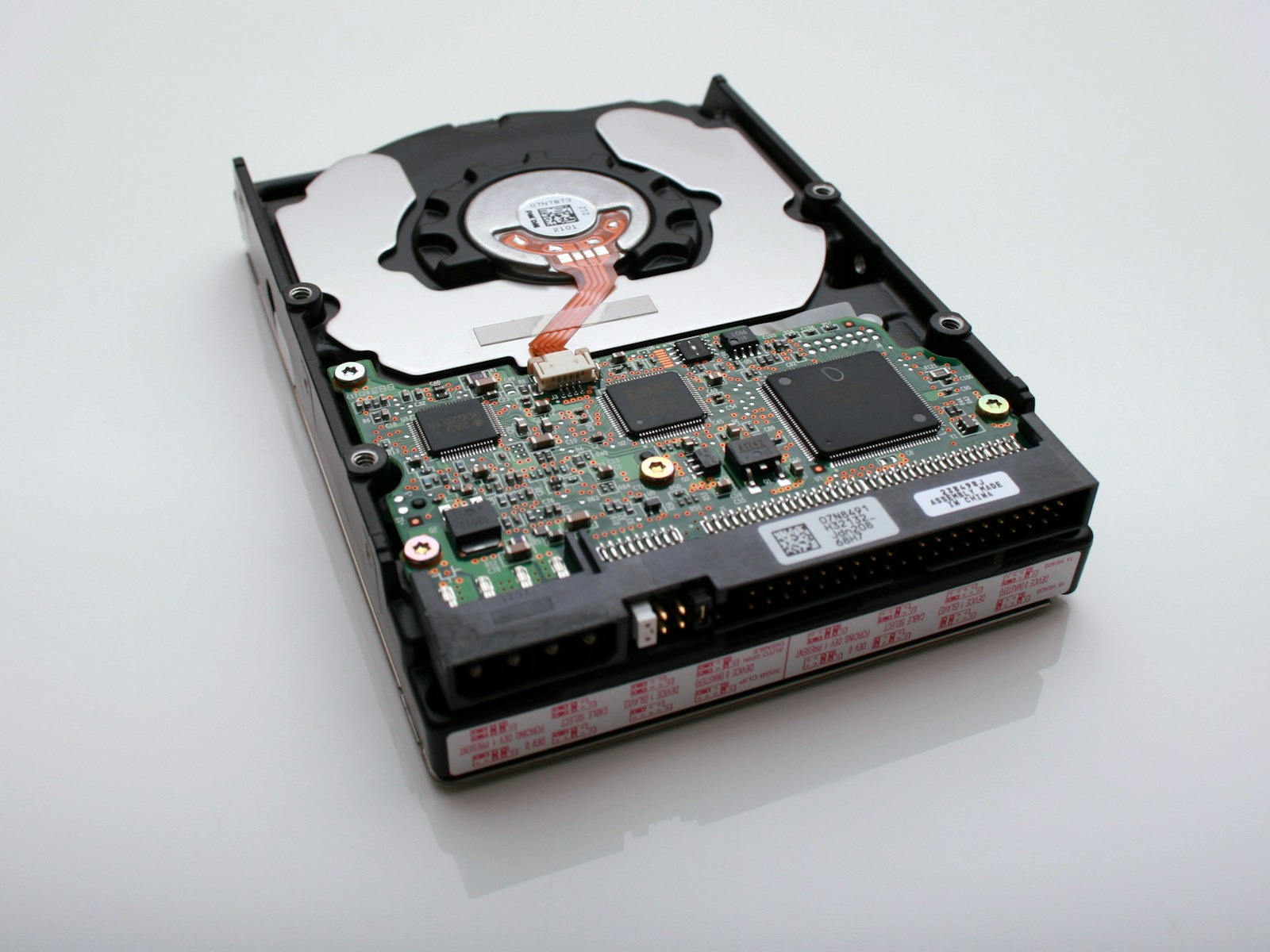
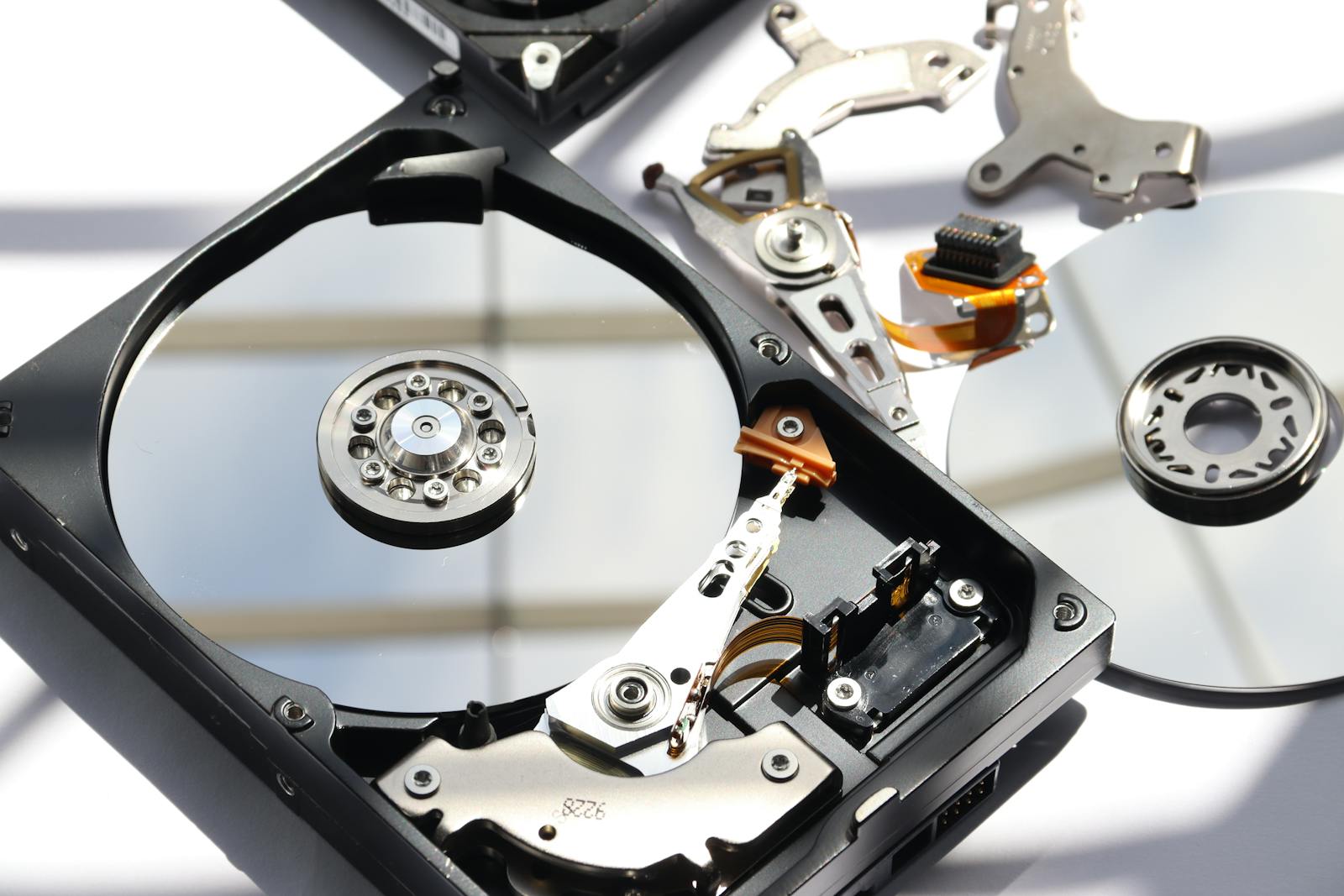
Which is the Most Affordable Hard Drive Data Recovery Services?


Should I Contact Virus Solution Provider for Ransomware Data Recovery?
Suggested, on your interest.

Ransomware Attacks: A Comprehensive Guide to Protection and Recovery

How to Repair A Corrupt SQL Database Affected by Ransomware in Delhi?


Hassle-Free Ransomware Recovery: Why You Can Rely on Us
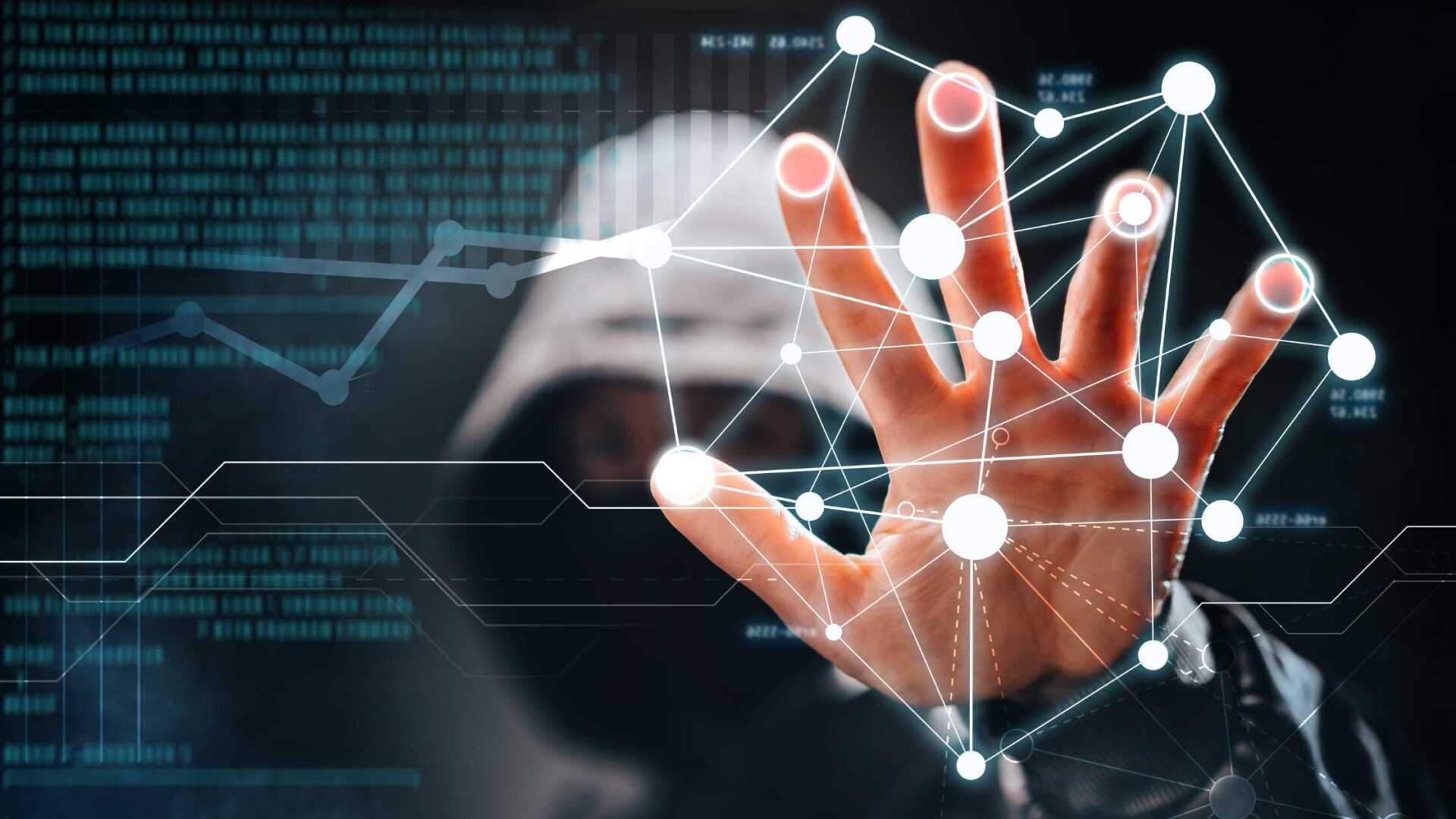
Why Choose Virus Solution Provider for Data Recovery in Delhi?

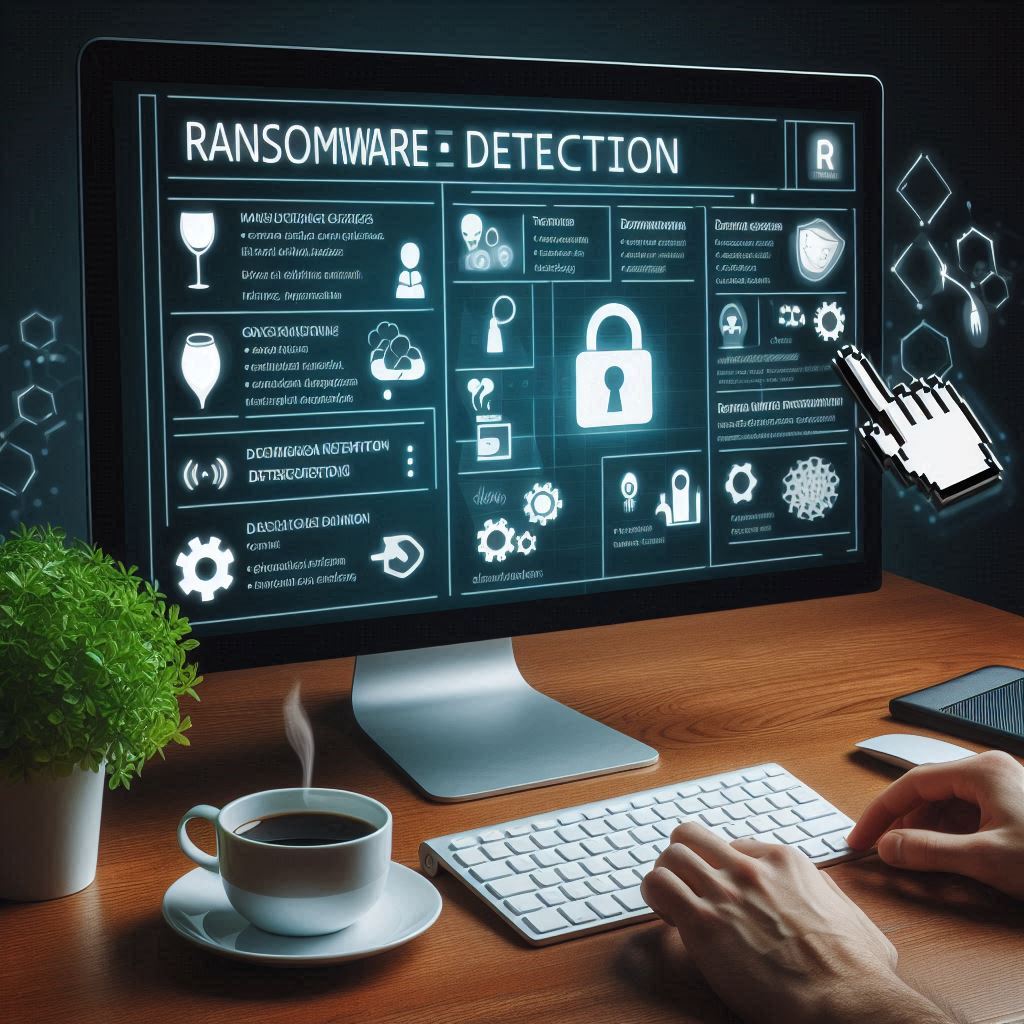
Is Virus Solution Provider Good for Ransomware Data Recovery Services?

Ransomware Virus Recovery Service

Should I Choose Virus Solution Provider for my Data Recovery?
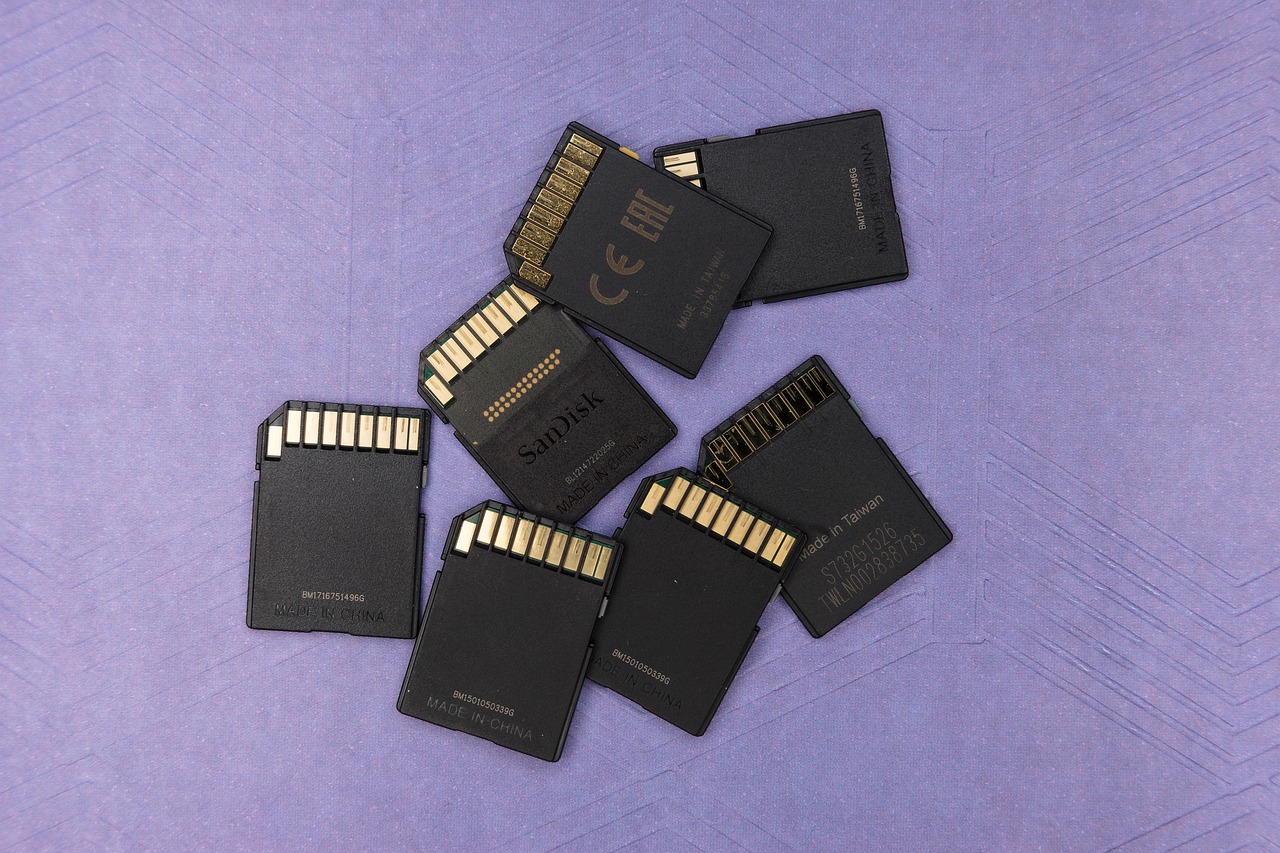
Can Data Be Recovered from an SD Card with Bad Sectors?
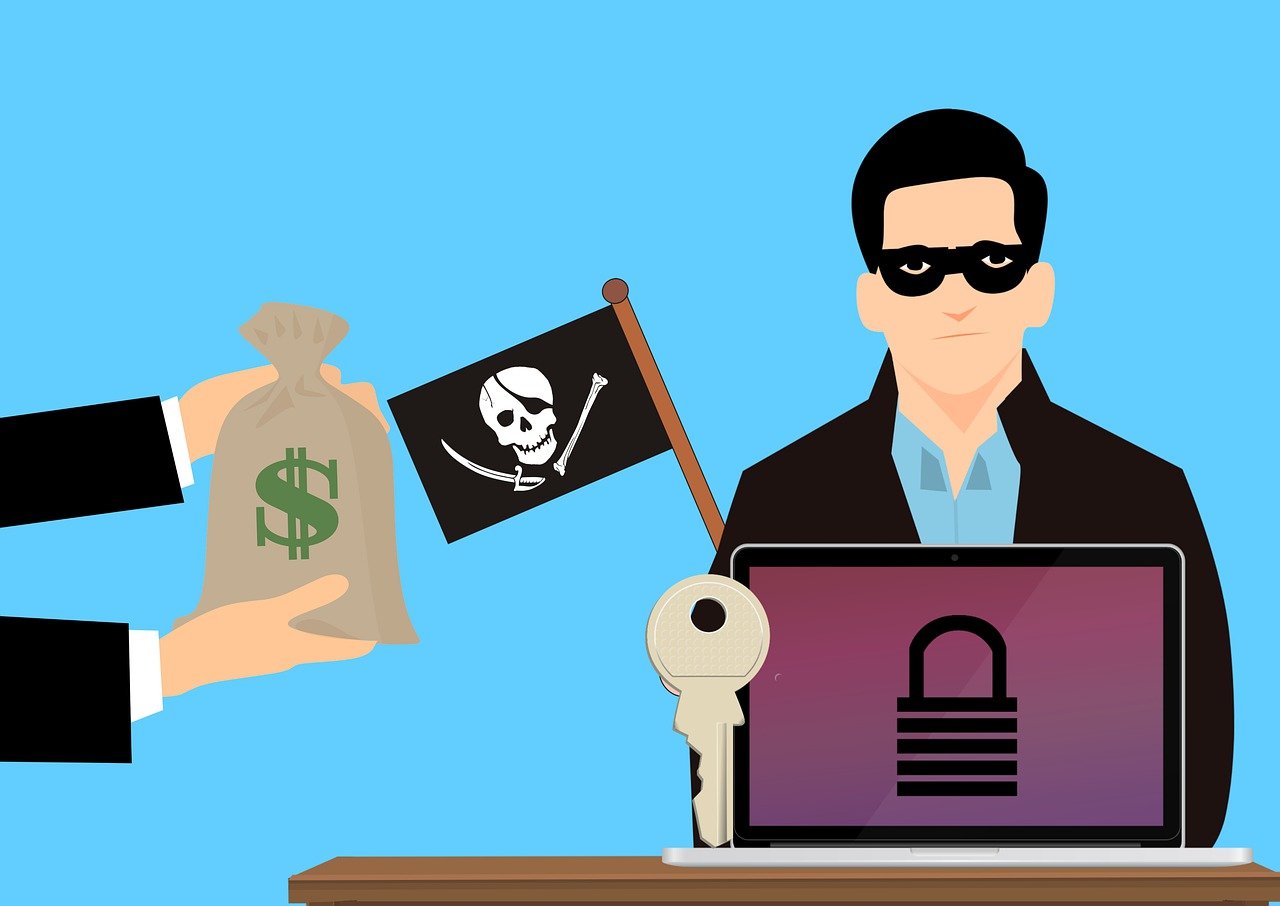
Who Provides the Best Ransomware Data Recovery Services?
